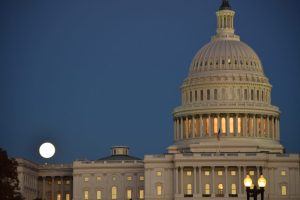
A revised stablecoin regulation bill has been introduced in the U.S. Senate, outlining a new approach to overseeing stablecoin issuers. The proposal significantly alters the previous regulatory framework and introduces stricter compliance requirements for major players in the industry.
Key Provisions of the Bill
🔹 Federal vs. State Oversight:
- Stablecoin issuers with a market capitalization exceeding $10 billion will be placed under the supervision of the Federal Reserve (Fed).
- Smaller issuers will remain regulated by state financial authorities in their respective jurisdictions.
🔹 Stricter Risk & Compliance Measures:
- Regular audits to verify liquidity reserves.
- Enhanced sanctions compliance monitoring.
- Stronger anti-money laundering (AML) procedures.
Impact on the Stablecoin Market
Dom Kwok, co-founder of EasyA, described the proposal as a “high regulatory standard” that could restrict foreign stablecoin issuers like Tether (USDT) from operating in the U.S. market. This would give a competitive advantage to U.S.-based issuers, such as Circle (USDC), which may find it easier to comply with the regulations.
If approved, this legislation could reshape the global stablecoin landscape, strengthening the dominance of U.S.-regulated assets.
Next Steps
The Senate Banking Committee is set to review the bill on March 13. If passed, the proposal will then proceed to the House of Representatives for further discussion.
This move follows the European Securities and Markets Authority (ESMA) ruling that Tether’s USDT does not comply with certain aspects of the EU MiCA regulations, raising further concerns about the future of non-U.S. stablecoins in regulated markets.